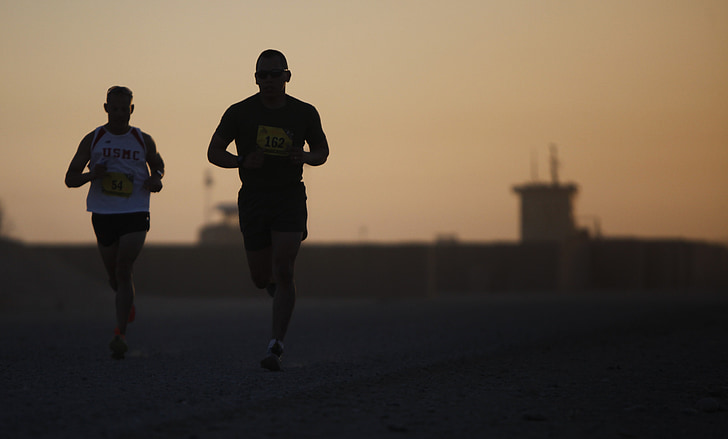Published on June 9, 2020

On a crisp afternoon last fall, Douglas Pullen, a 69-year-old Black man, was nearly hit by a white driver during his daily walk through his Seattle neighborhood. Having witnessed this, Kate Hoerster, assistant professor of Psychiatry and Behavioral Sciences at UW School of Medicine, checked on Mr. Pullen after he was safely on the other side of the street.
“I’m fine,” he said, “happens all the time.”
Mr. Pullen credited waving his trusty cane for saving his life. He then described times his presence was questioned by police and fellow residents while walking in his gentrifying neighborhood.
We’ve now heard countless such accounts about exercising while Black shared in mourning of Ahmaud Arbery, shot and killed by two white men while running. This comes with significant costs to health and well-being. On top of the threat of violence, Black Americans get less exercise than white Americans, fueling chronic diseases that are now increasing risk for severe Covid-19. To address these unjust disparities, traditional approaches for supporting exercise such as counseling, crosswalks, and pandemic-inspired Stay Healthy Streets just won’t cut it. We must dismantle systems of oppression hindering Black people’s movement.
According to the Centers for Disease Control and Prevention (CDC), only one-quarter of Americans get enough exercise due to various social, community, and policy impediments. But because our country denies Black folks safety, health, social, and economic freedom, Black folks face additional barriers to activity. These include potential violence, incarceration, being more likely to get hit by cars, and lack of “free time.” The resulting heightened vigilance—another barrier to physical activity—likely dampens exercise’s typical mental health benefits. This all forces impossible math: weighing exercise’s long-term benefits against immediate challenges and dangers.
The novel coronavirus pandemic presents Black folks with new hurdles to getting exercise–and mobility in general.
Continue reading at The Urbanist.
Originally written by Barbara Baquero, UW School of Public Health Department of Health Services; Kate Hoerster, UW School of Medicine, Department of Psychiatry and Behavioral Sciences; and KL Shannon, Seattle Neighborhood Greenways; for The Urbanist.